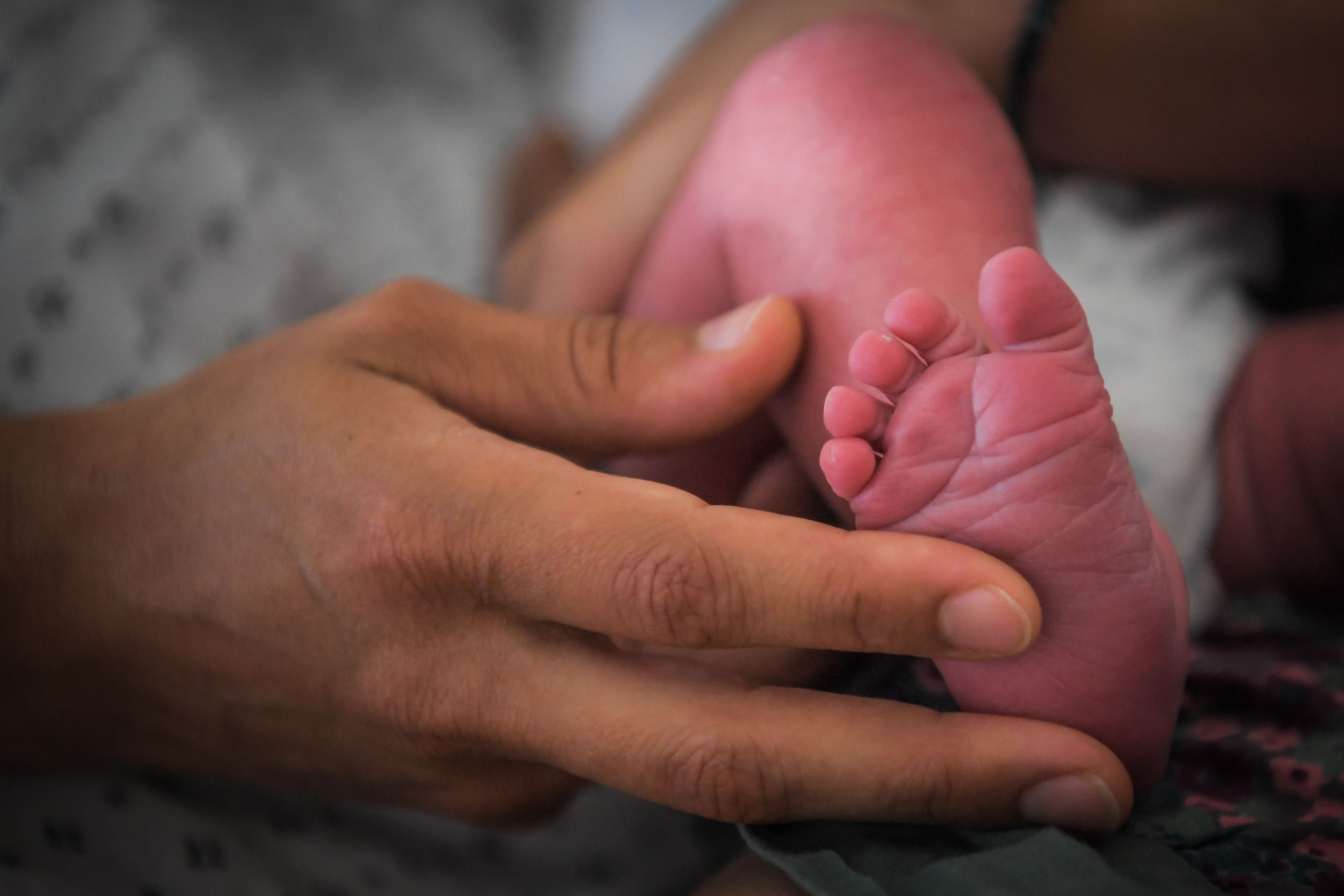Birth rate in Italy hits 160-year low
The Italian statistics office has said there is ‘little doubt’ about the impact of the pandemic on the country’s falling birthrate

Your support helps us to tell the story
From reproductive rights to climate change to Big Tech, The Independent is on the ground when the story is developing. Whether it's investigating the financials of Elon Musk's pro-Trump PAC or producing our latest documentary, 'The A Word', which shines a light on the American women fighting for reproductive rights, we know how important it is to parse out the facts from the messaging.
At such a critical moment in US history, we need reporters on the ground. Your donation allows us to keep sending journalists to speak to both sides of the story.
The Independent is trusted by Americans across the entire political spectrum. And unlike many other quality news outlets, we choose not to lock Americans out of our reporting and analysis with paywalls. We believe quality journalism should be available to everyone, paid for by those who can afford it.
Your support makes all the difference.Birth rates in Italy fell for the 12th consecutive year in 2020, reaching their lowest level since 1861, new figures show.
Statistics from ISTAT show that in 2020 births in Italy were reduced by 15,192 on 2019 levels, while the average number of children per woman was at 1.17, coming in as one of the lowest ratios in the world.
In 2020 in Britain, the fertility rate was 1.59 children per woman.
Italy’s slump has continued into 2021, as January saw Italy’s lowest ever birth rate; 10 months after Italy’s coronavirus lockdown, the country registered a 13.6 per cent decline in births, translating to nearly 5,000 fewer births compared with January 2020.
Similarly, provisional data for January to September show that there were 12,500 fewer births recorded this year compared with the same period last year.
ISTAT has said that the pandemic appears to be a major factor in the decline in people having children.
The low birth rates recorded are part of an ongoing trend, however, Italian births have fallen by one third in just over a decade. In 2020, a total of 404,892 babies were born, compared with the 576,659 born in 2008.
Families with two Italian parents account for the majority of the decline, with some regional disparity. Bolzano, a city in northern Italy, near the border with Austria, has a fertility rate of 1.71. But the southern island of Sardinia registered a fertility rate of just 0.98 children per woman in 2020.
As with elsewhere in the world, the pandemic also increased deaths in Italy; in 2020, the country recorded 746,146 deaths. Between its falling birth rate and an increase in deaths caused by the pandemic, Italy’s population fell to 59.3 million last year.
The statistics office also found that the age at which women had their first child reached a record high of 32.7 years in 2020.
The ISTAT data also showed that there has been a significant increase in the number of births that occur out of wedlock. In 2020, 35.8 per cent of births took place outside of marriage; in 2008, only 19.6 per cent did. The statistics office suggests this drop is representative of the falling influence of the Catholic Church in Italy.
Join our commenting forum
Join thought-provoking conversations, follow other Independent readers and see their replies
Comments